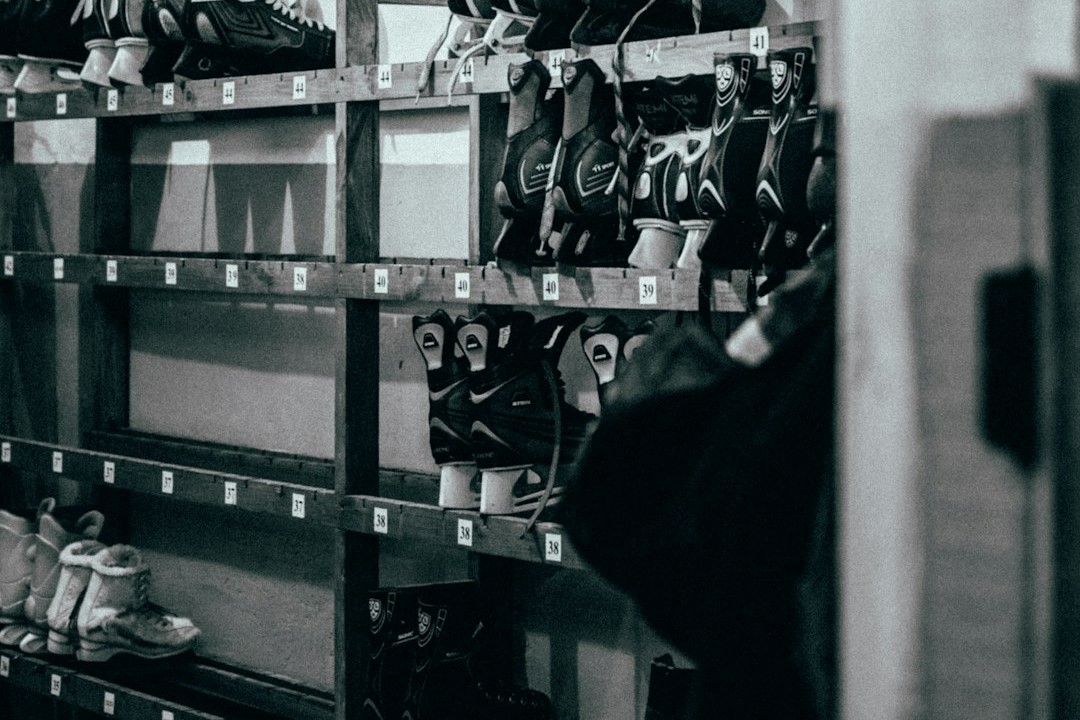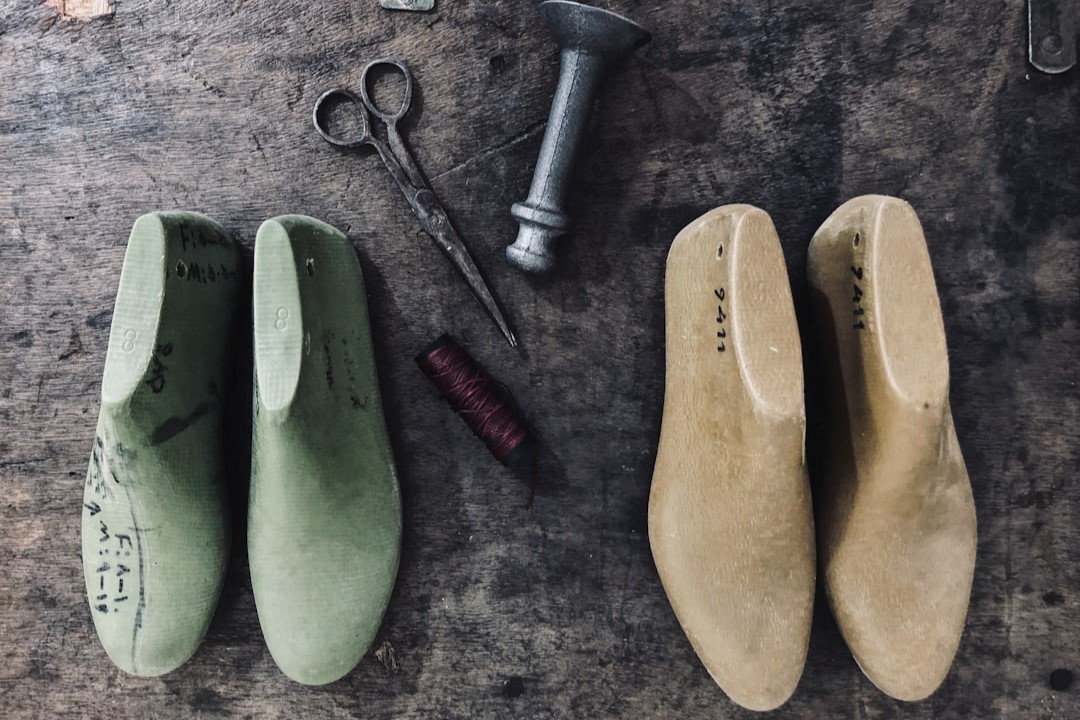When you slip on a pair of shoes, do you ever wonder about “What Assembly Processes are Need to Make a Shoes”. From the sole to the upper, every part of your shoe is held together by a crucial element: adhesive. This article refers to this article, if you are also a shoe manufacturer, you may wish to read down
Follow this article, we’ll explore the fascinating world of shoe assembly and the essential role adhesives play in bringing your favorite footwear to life.
What Assembly Processes are Need to Make a Shoes?

Shoe manufacturing is a complex process that involves various stages, each critical to producing a durable and comfortable product. Adhesives, commonly known as shoe glue, are integral at many points in this process. Here’s a breakdown of the primary steps:
1. Cutting and Preparing the Materials
The journey of shoemaking begins with cutting and preparing the materials. This includes leather, fabric, rubber, and other components. Precision is key, as each piece must be cut to fit perfectly in the final product.
2. Stitching and Assembling the Upper
Once the materials are ready, the next step involves stitching the shoe upper. This includes the vamp, quarters, and linings. During this stage, adhesives might be used to bond certain materials temporarily to facilitate easy stitching.
3. Lasting: Giving the Shoe Its Shape

Lasting is a crucial step where the shoe takes its shape. The upper is stretched and molded over a last (a foot-shaped form) to give the shoe its final shape. Adhesives play an essential role in holding the upper in place on the last, ensuring that the shoe maintains its shape throughout the process.
4. Attaching the Sole
The attachment of the sole is perhaps one of the most adhesive-intensive processes in shoemaking. Here’s how it typically unfolds:
Insole Attachment: The insole is glued to the bottom of the upper, providing a base for the rest of the shoe.
Midsole and Outsole Bonding: Adhesives are used to bond the midsole and outsole to the upper. This ensures durability and provides the necessary support for the wearer.
PU Glue in Shoemaking: Polyurethane (PU) glue is commonly used in this process due to its strong bonding properties and flexibility, making it ideal for the demands of footwear.
5. Finishing Touches
After the sole is securely attached, the shoe undergoes finishing touches. This includes adding any decorative elements and ensuring all parts are securely glued. Adhesives are often used here to attach elements like straps or embellishments.
Types of Adhesives Used in Shoe Manufacturing

The choice of adhesive is crucial in shoemaking, as it impacts the shoe’s durability, comfort, and appearance. Here are some common types of adhesives used in the industry:
Adhesivos de Base de Agua
Water-based adhesives are popular due to their environmental benefits. They are less toxic and provide a strong bond, making them suitable for various parts of the shoe assembly process.
Solvent-Based Adhesives
Solvent-based adhesives are known for their quick-drying properties and strong bond. They are often used in attaching soles, as they can withstand the wear and tear of daily use.
Hot Melt Adhesives
Hot melt adhesives are thermoplastic glues that are applied in a molten state. They are used for quick bonding and are ideal for automated shoe assembly processes.
Polyurethane (PU) Glue
As mentioned earlier, PU glue is favored for its strong bonding properties and flexibility, making it a staple in many shoemaking processes, particularly in sole attachment.
The Importance of Adhesive Technology in Shoemaking
Adhesive technology is continually evolving, with manufacturers seeking to improve the strength, flexibility, and environmental impact of their products. Innovations in adhesive technology have led to:
Improved Durability: Advances in adhesives have resulted in shoes that last longer and can withstand more wear and tear.
Enhanced Comfort: Better bonding materials allow for more flexible and comfortable designs.
Sostenibilidad: Eco-friendly adhesives are becoming more common, reducing the environmental impact of shoe manufacturing.
A Handy Shoe Assembly Tutorial
For those interested in the shoemaking process, here’s a simplified step-by-step tutorial on assembling a basic shoe using adhesives:
Prepare Your Materials: Gather all the necessary materials, including the upper, sole, and chosen adhesives.
Stitch the Upper: Assemble the upper by stitching the vamp, quarters, and linings. Use adhesives to temporarily hold pieces in place if needed.
Shape the Shoe: Use a last to shape the shoe. Apply adhesive to secure the upper to the last.
Attach the Insole: Glue the insole to the bottom of the upper.
Bond the Sole: Use PU glue to attach the midsole and outsole to the upper. Ensure a strong bond by applying even pressure.
Finish and Inspect: Add any decorative elements and inspect the shoe for any loose parts or insufficiently glued areas.
Conclusión
Adhesives play a pivotal role in the shoemaking process, ensuring that each component of the shoe is securely bonded and ready for wear. From cutting and stitching to lasting and sole attachment, adhesives are present at every stage, providing the strength and flexibility needed for quality footwear.
As technology advances, the role of adhesives in shoemaking will continue to evolve, leading to even better, more sustainable products for consumers. Whether you’re a shoe enthusiast or an aspiring shoemaker, understanding the adhesive processes in shoemaking can deepen your appreciation for this essential craft.
